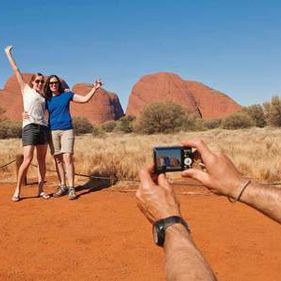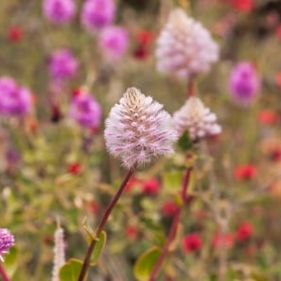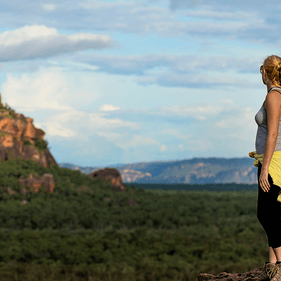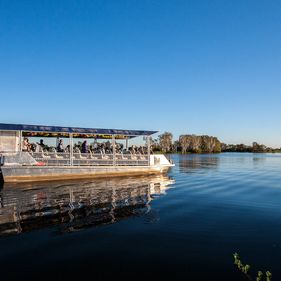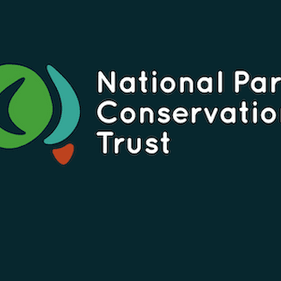About
Parks Australia supports the Director of National Parks, which is a corporation established under the Environment Protection and Biodiversity Conservation Act 1999 (EPBC Act). The corporation is constituted by the person appointed to the office named the Director of National Parks.
Under the EPBC Act, the Director of National Parks’ responsibilities include:
- managing Commonwealth reserves and conservation zones
- protecting biodiversity and heritage in Commonwealth reserves and conservation zones
- carrying out research relevant to Commonwealth reserves
- cooperating with other countries to establish and manage national parks and nature reserves in those countries
- making recommendations to the Australian Government Minister for the Environment.
Commonwealth reserves that are wholly or partly on Indigenous people's land are managed in conjunction with a Board of Management. There are also Advisory Committees who provide advice to the Director on the management of other reserves. These boards and committees play crucial roles in determining the policies and priorities for the management of each protected area.

